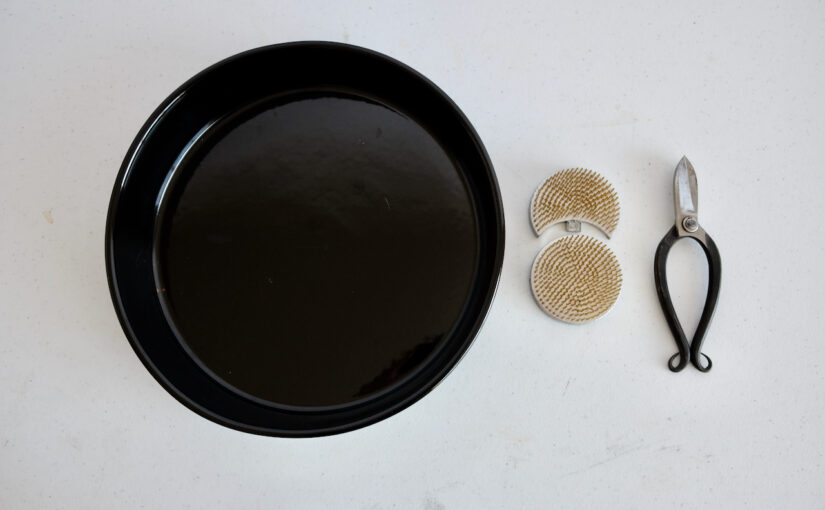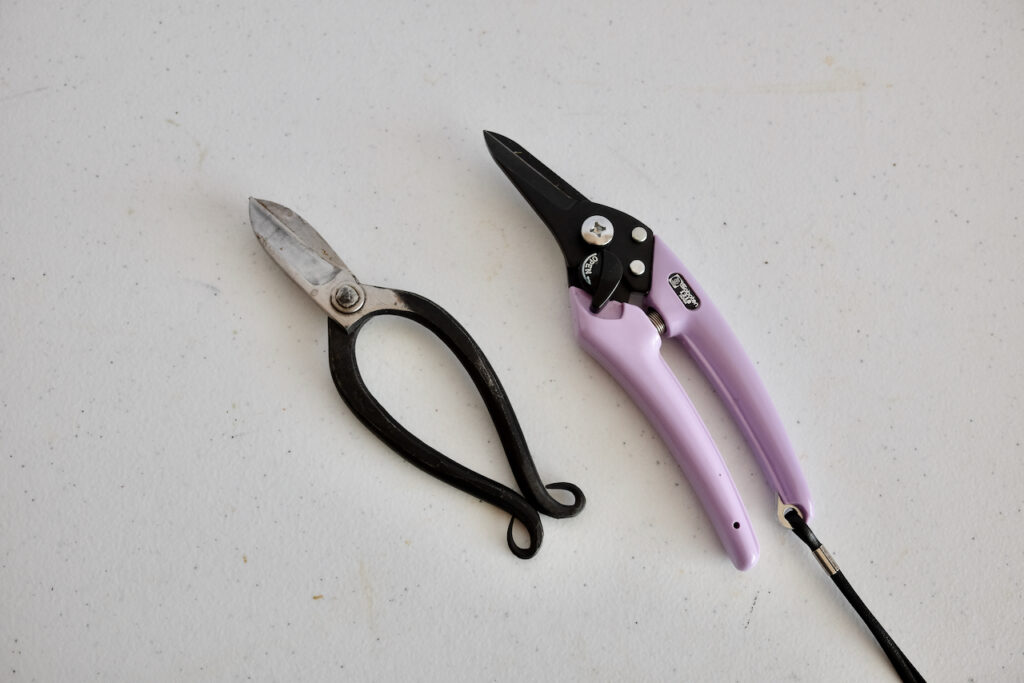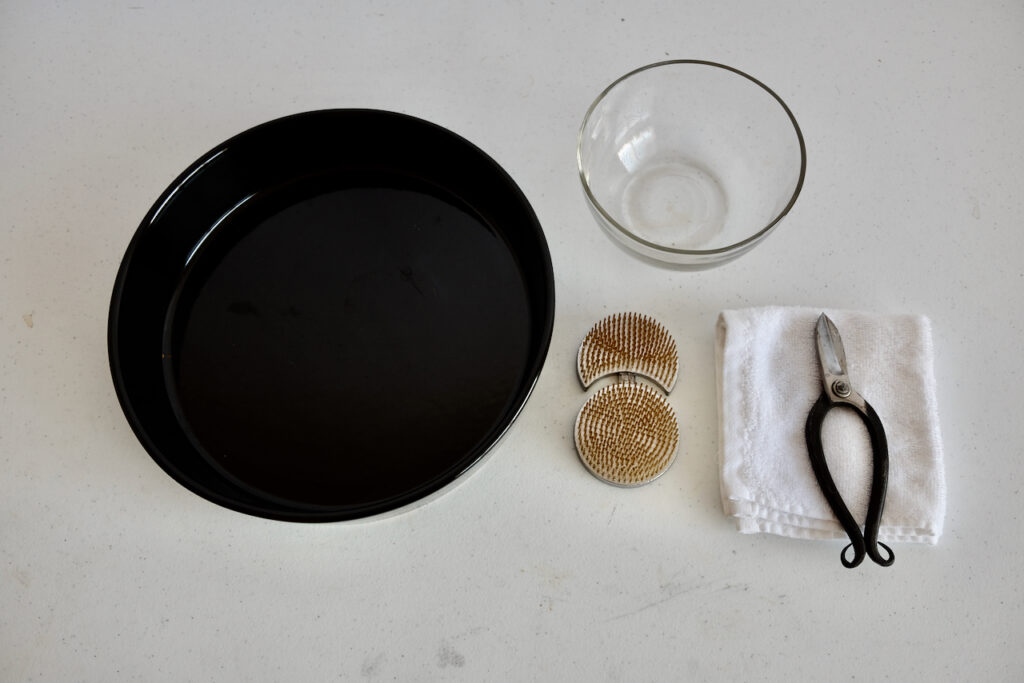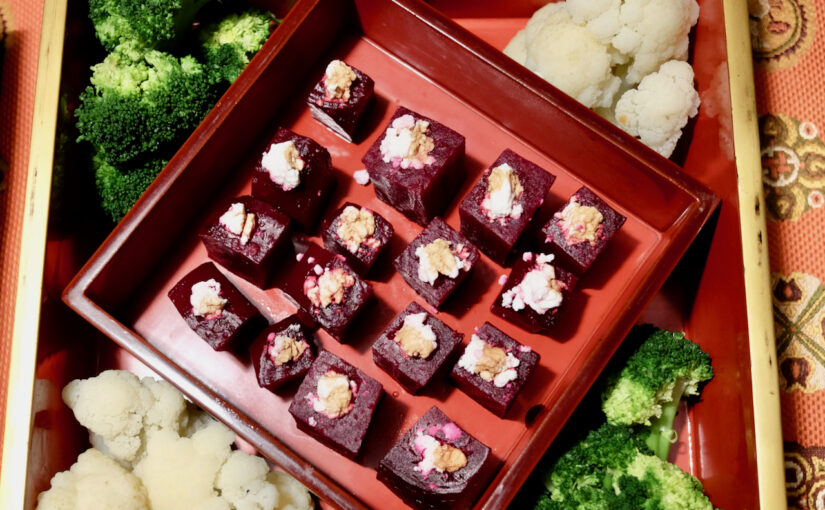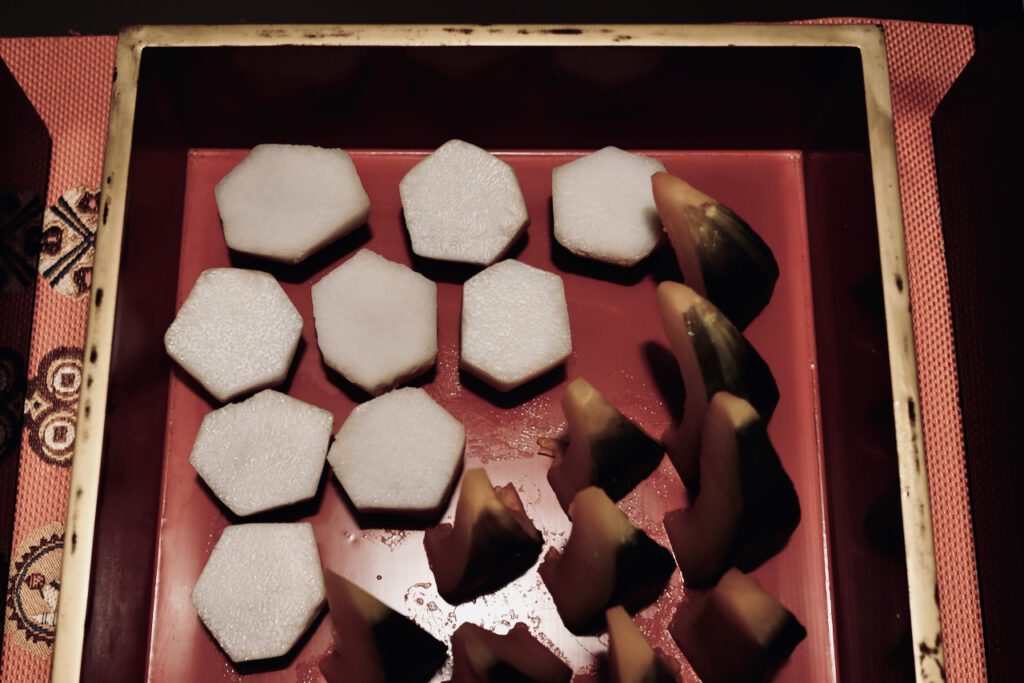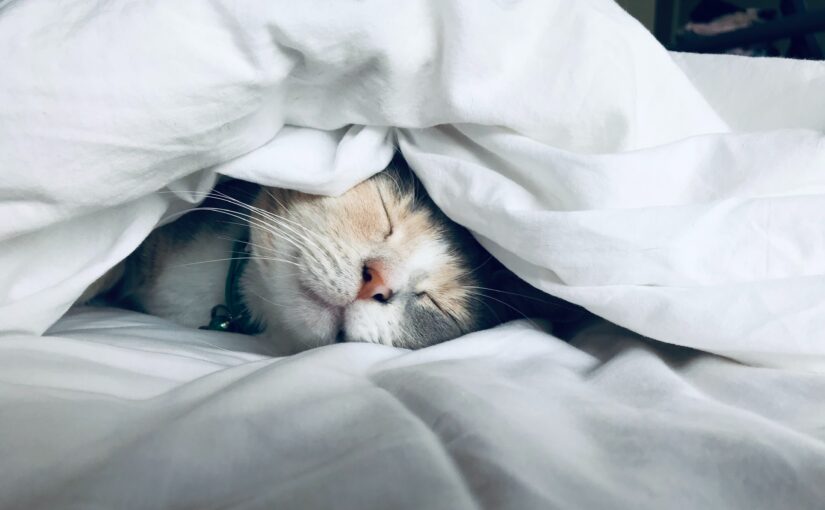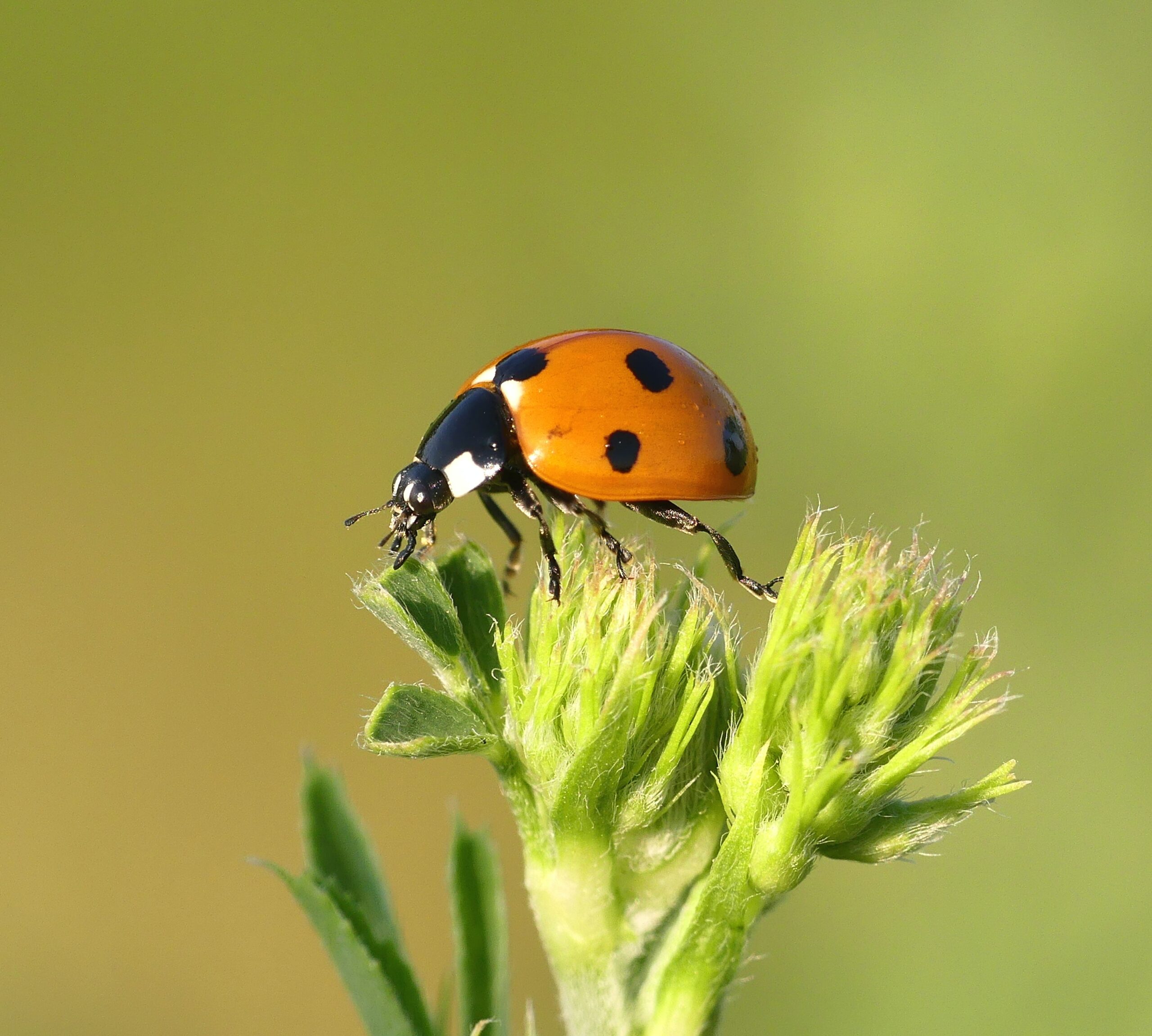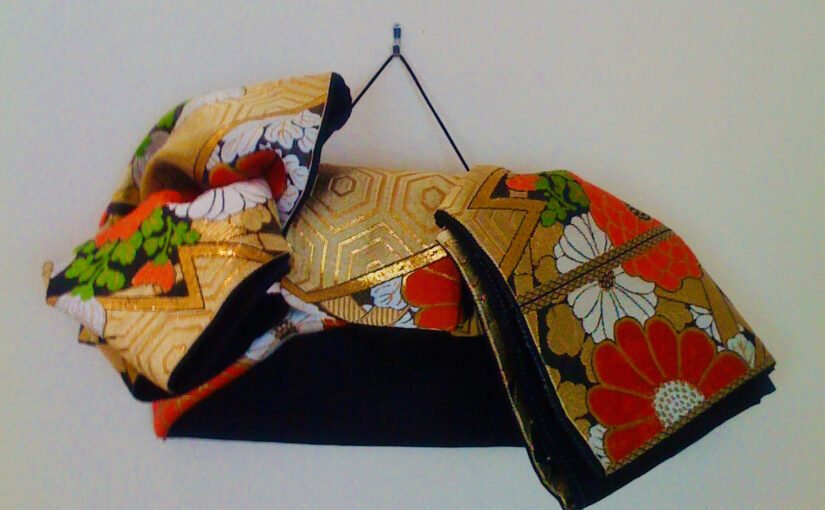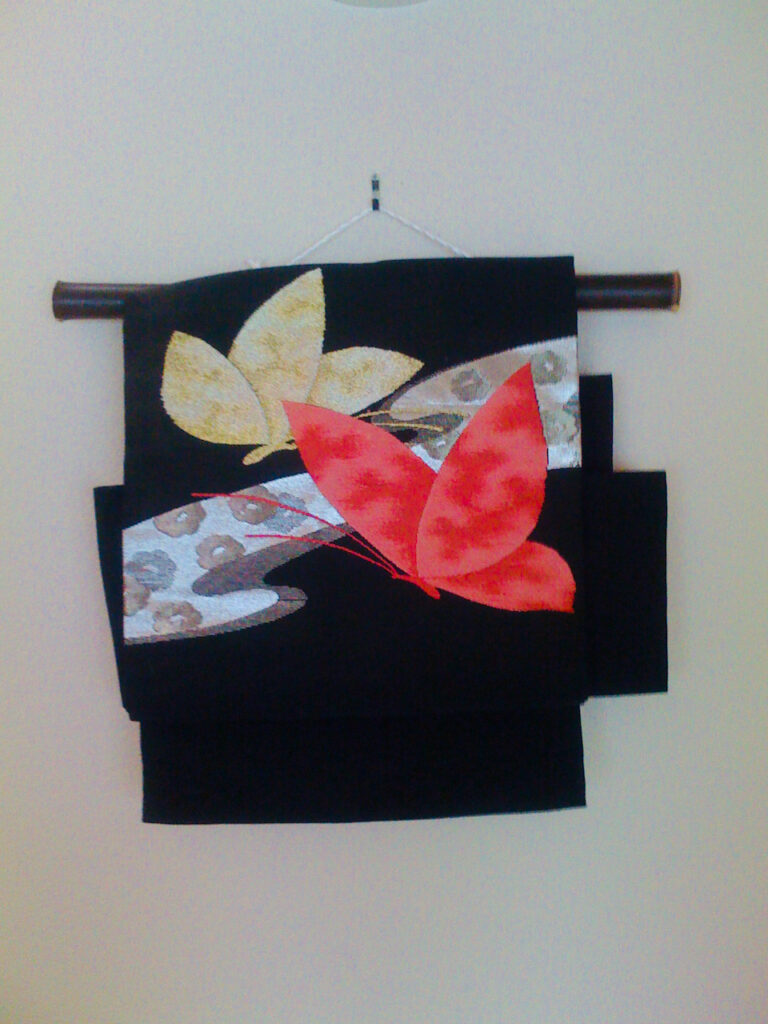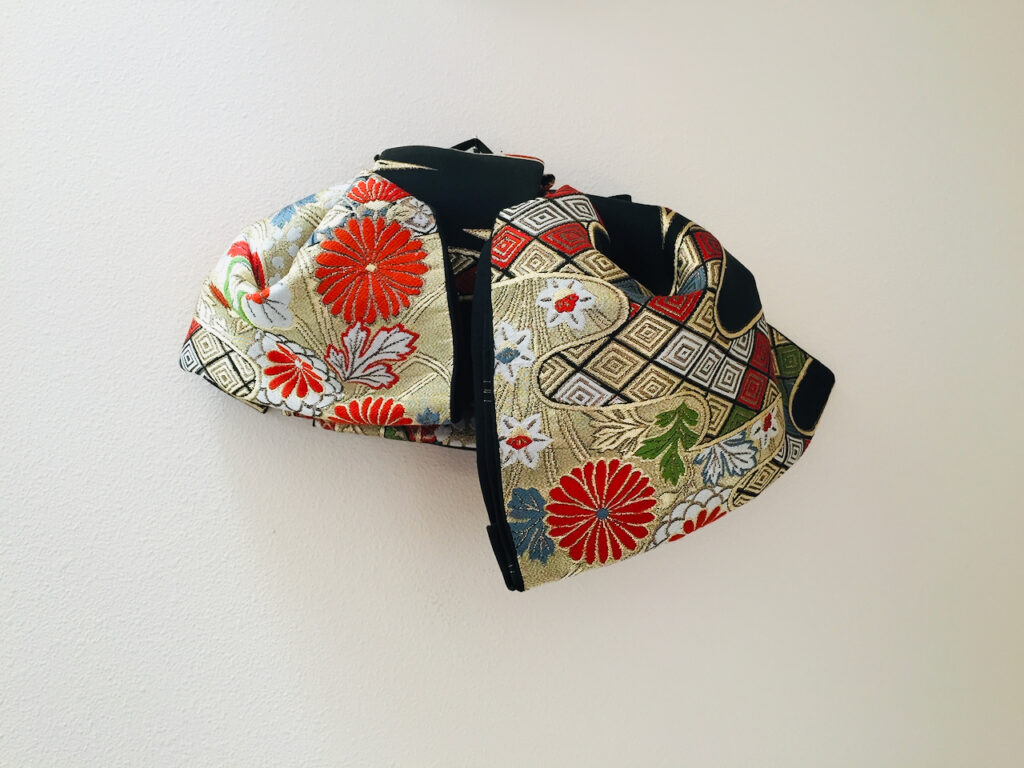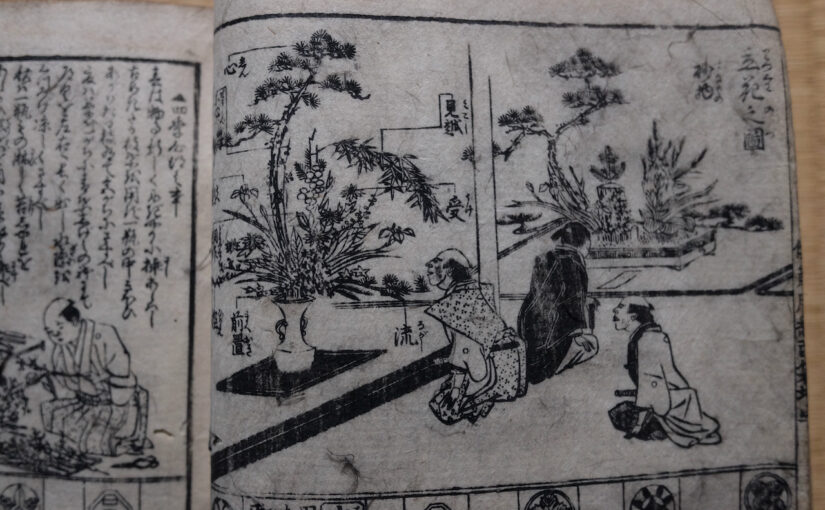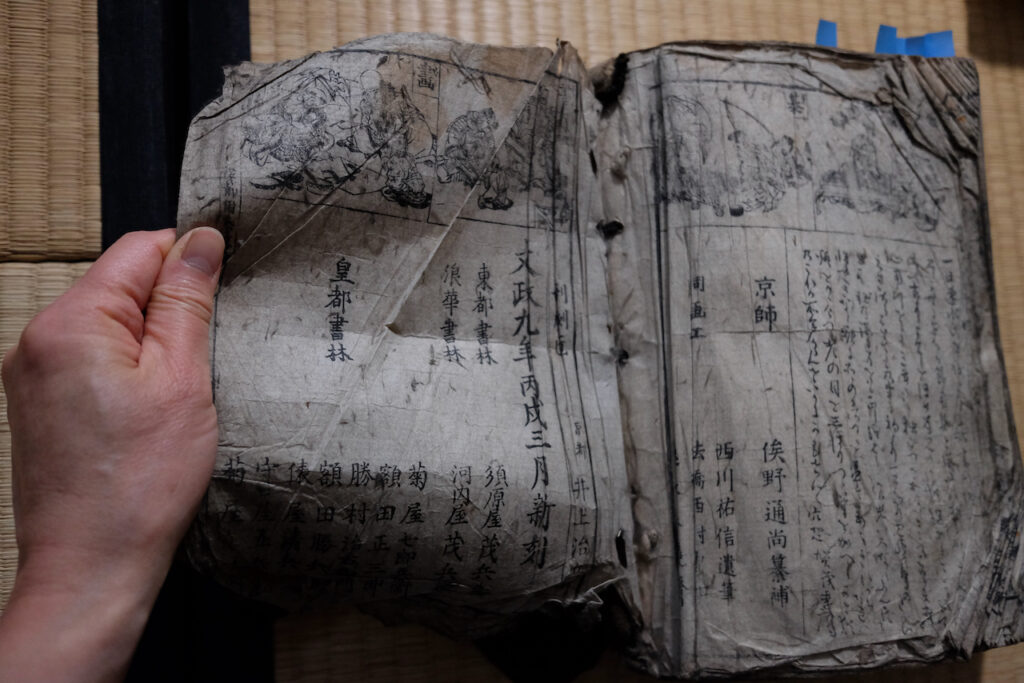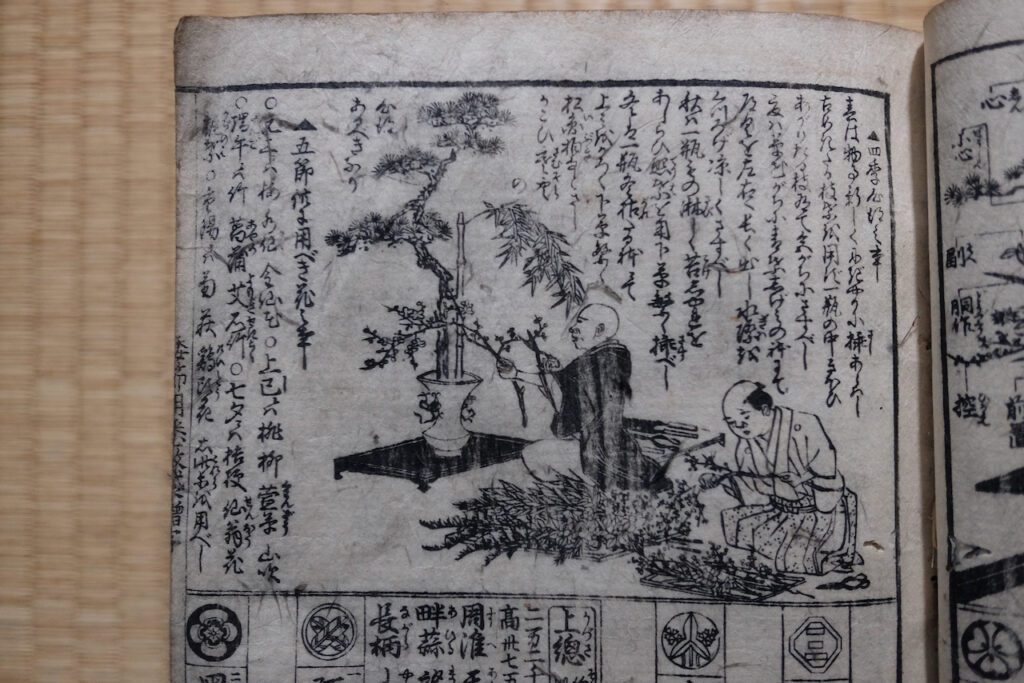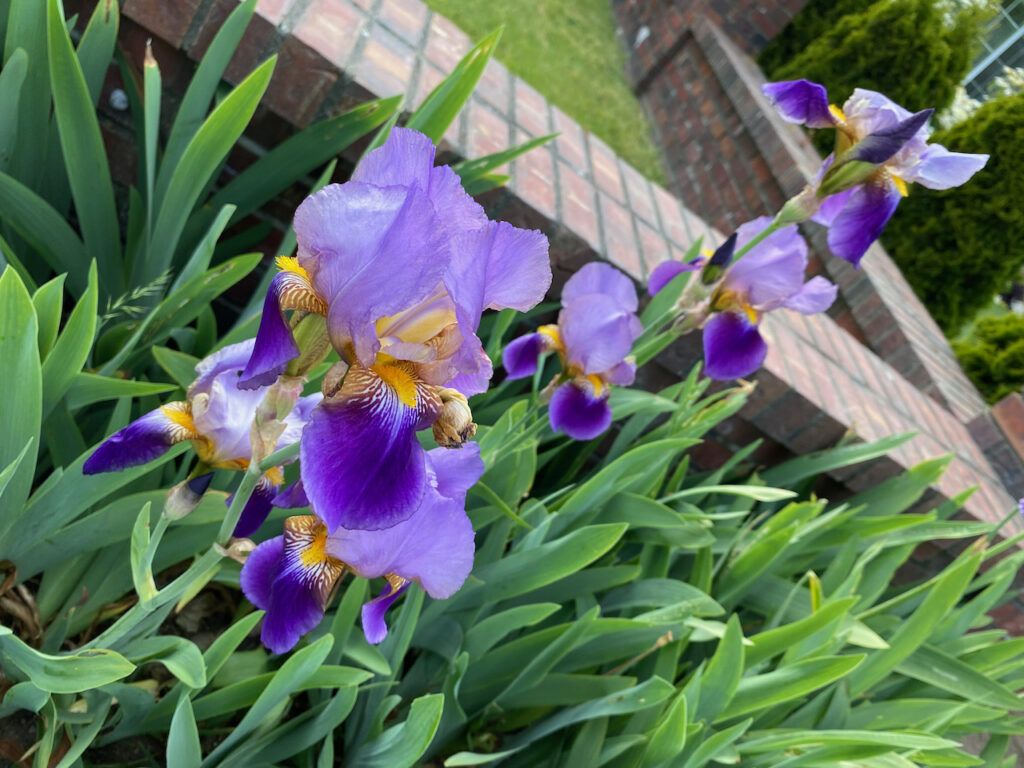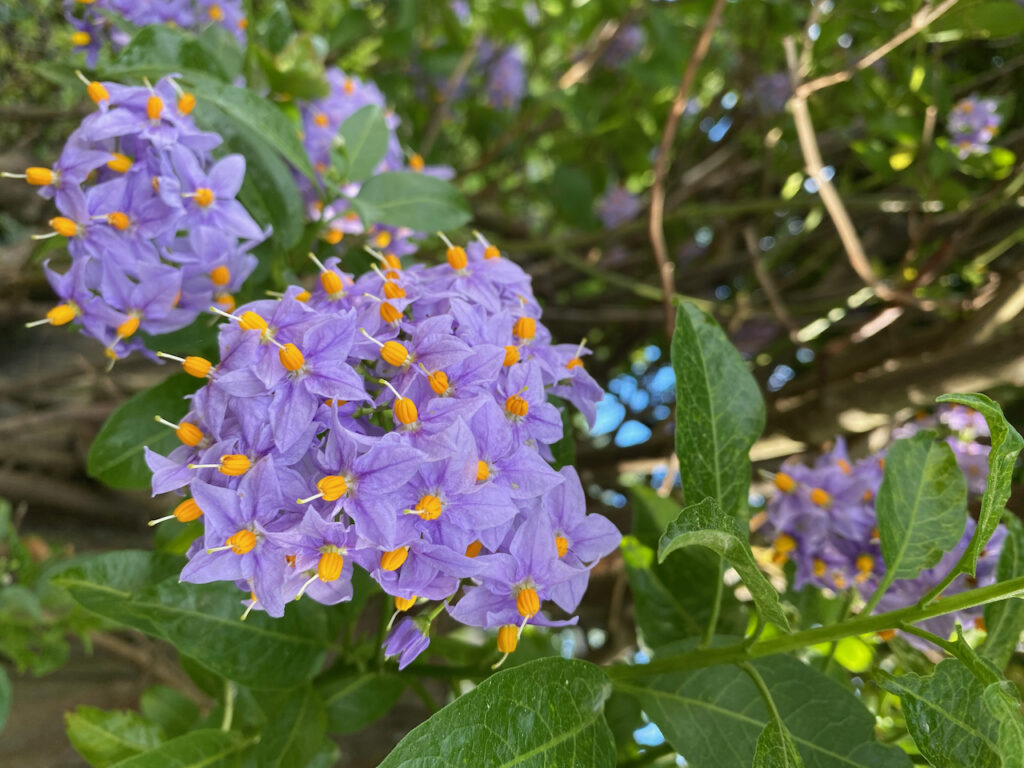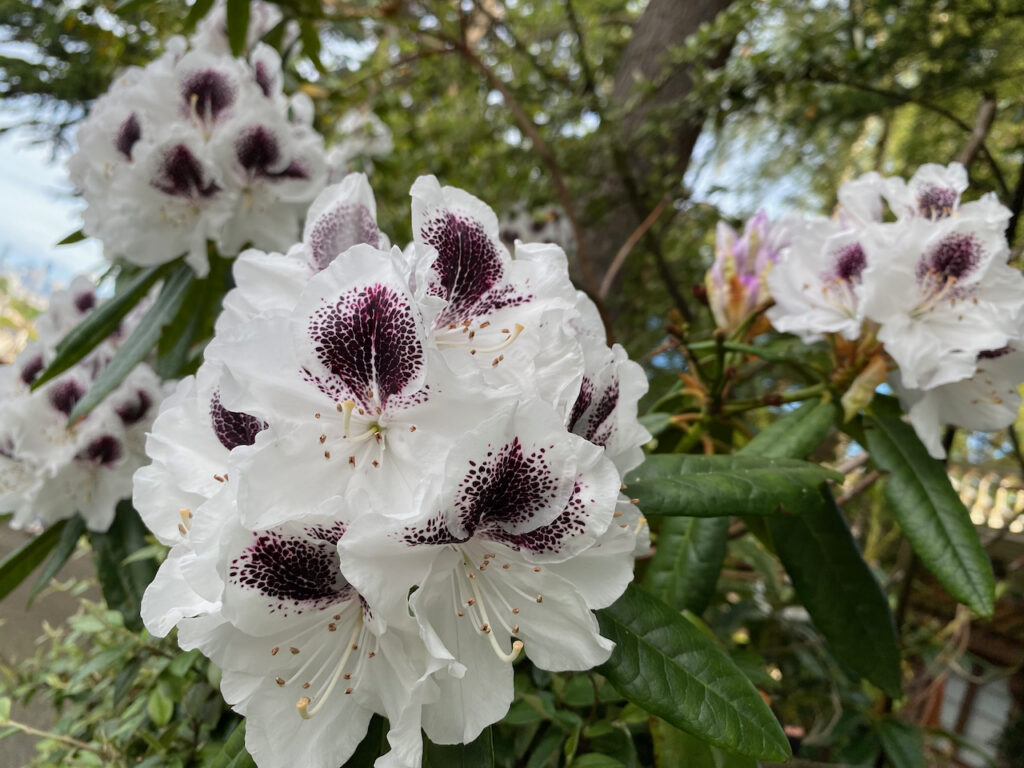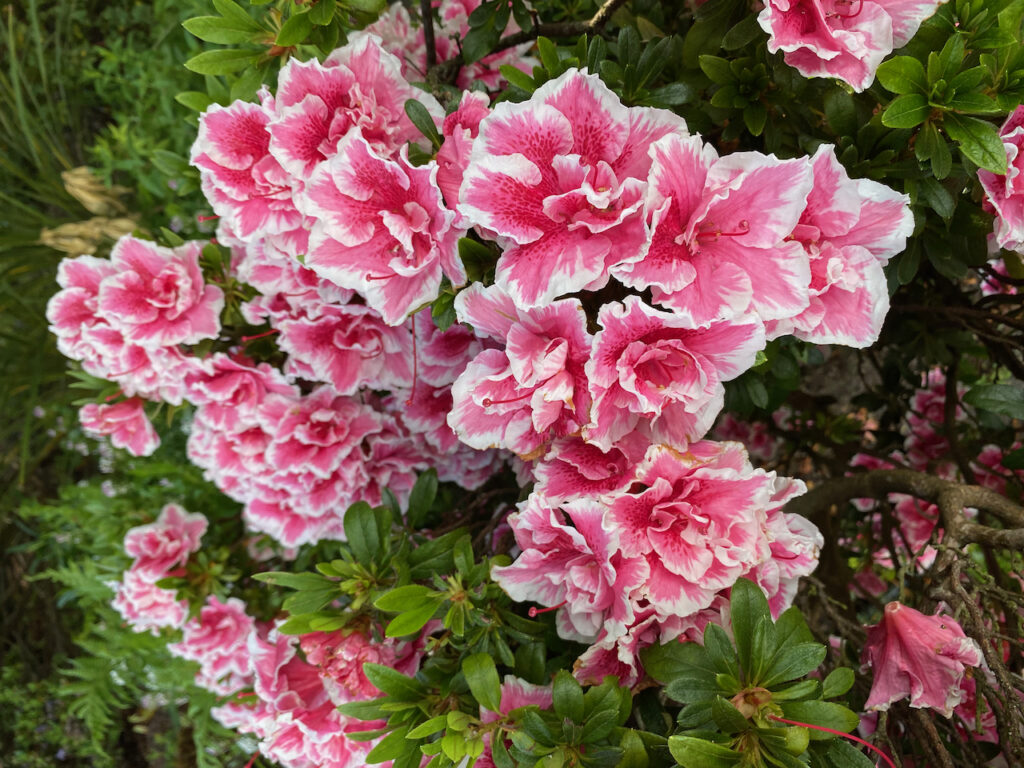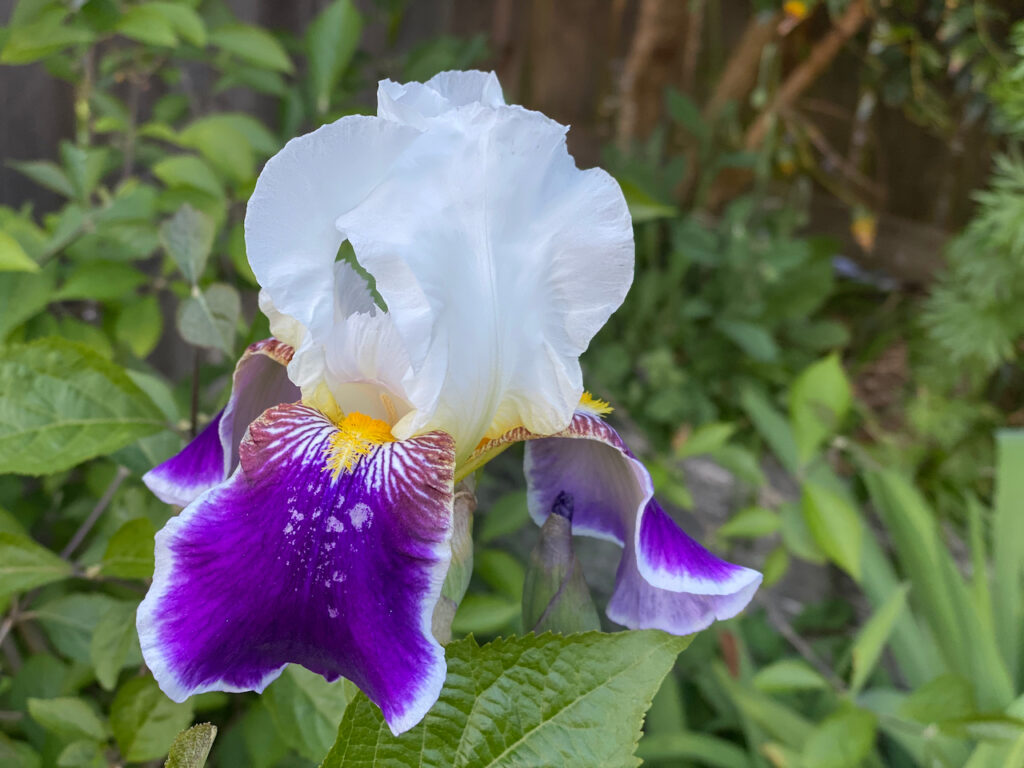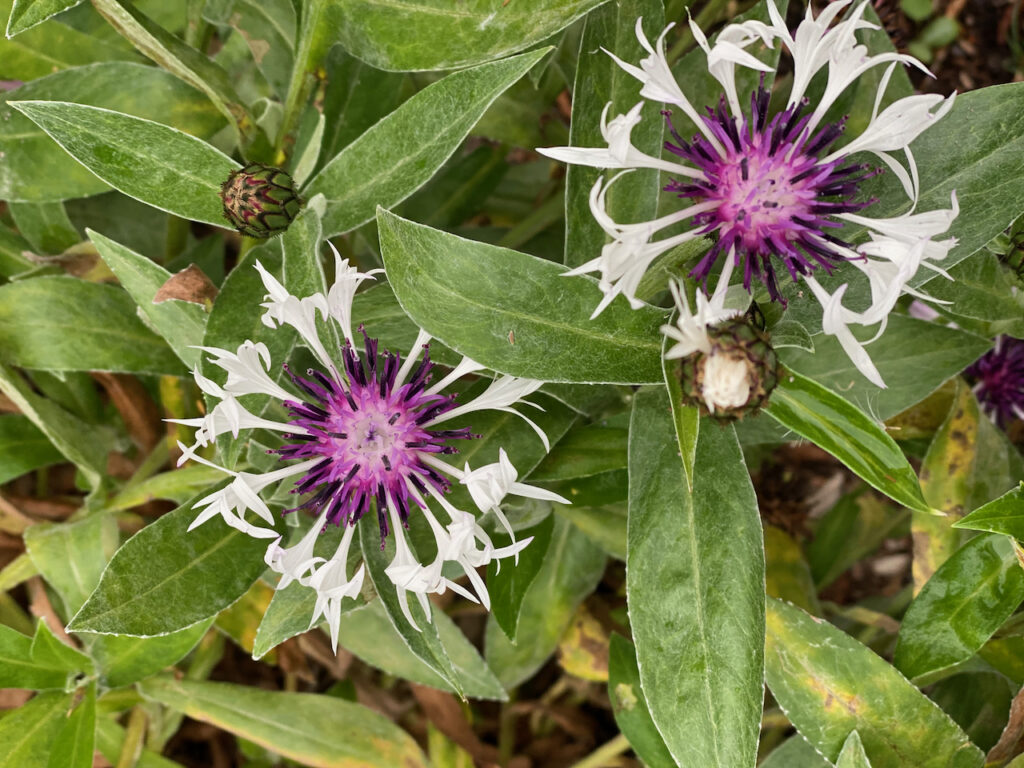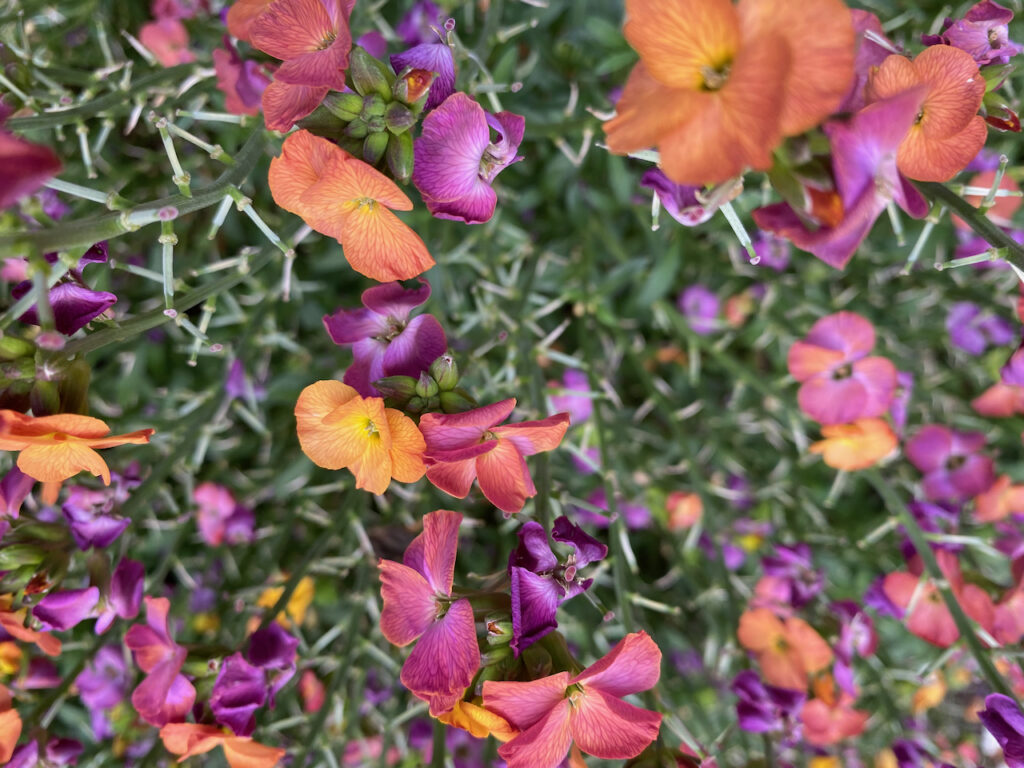First principle: Harmony
There are four principles that each tea practitioner has to have in mind whenever we practice the Japanese tea ceremony.
…
和(wa)
“Wa” means harmony. Over a bowl of tea, the host and the guests collaborate to create a harmonious experience together. In order to best serve the guests, the host carefully chooses the utensils appropriate for the occasion.
The scroll, the incense container, the flower vase, and the flowers. All the things placed in the alcove in the tea ceremony symbolize some theme for the occasion. So do the tea bowls and all the other tea utensils. Nothing has the same design, but everything in the tearoom is in harmony.
敬(kei)
“Kei” means respect. Respect is the sincerity of heart that liberates us for an open relationship with other people, regardless of their appearance or status.
In the tearoom, a high-ranking samurai and a merchant would be equally treated. They show respect by bowing to each other. Respect is expressed not only between people but to our surroundings, nature, and everything that is enabling us to experience our lives.
清(sei)
“Sei” means purity. The host purifies the tea container and the tea scoop meticulously with the silk cloth. The host also cleans the tea bowl with hot water and a small white cloth. Everything is spick and span before the guests arrive, but the purification process continues during the tea service and when storing the utensils afterward in front of the guests.
The guests cleanse their hands and mouths before entering the tearoom. Through the simple act of cleaning, they clear “the dust of the world.” The guests clear worldly attachments from their hearts and minds. Only after putting aside material concerns, can they sense the pure and sacred essence of things, human beings, and nature.
寂(jaku)
“Jaku” means tranquility. Tranquility is not merely silence. It is the status of the heart and mind that is liberated from any worldly attachment. It’s the ultimate freedom!
Wa, Kei, Sei, Jaku… Over a bowl of tea, tea practitioners enjoy this profound life experience.

